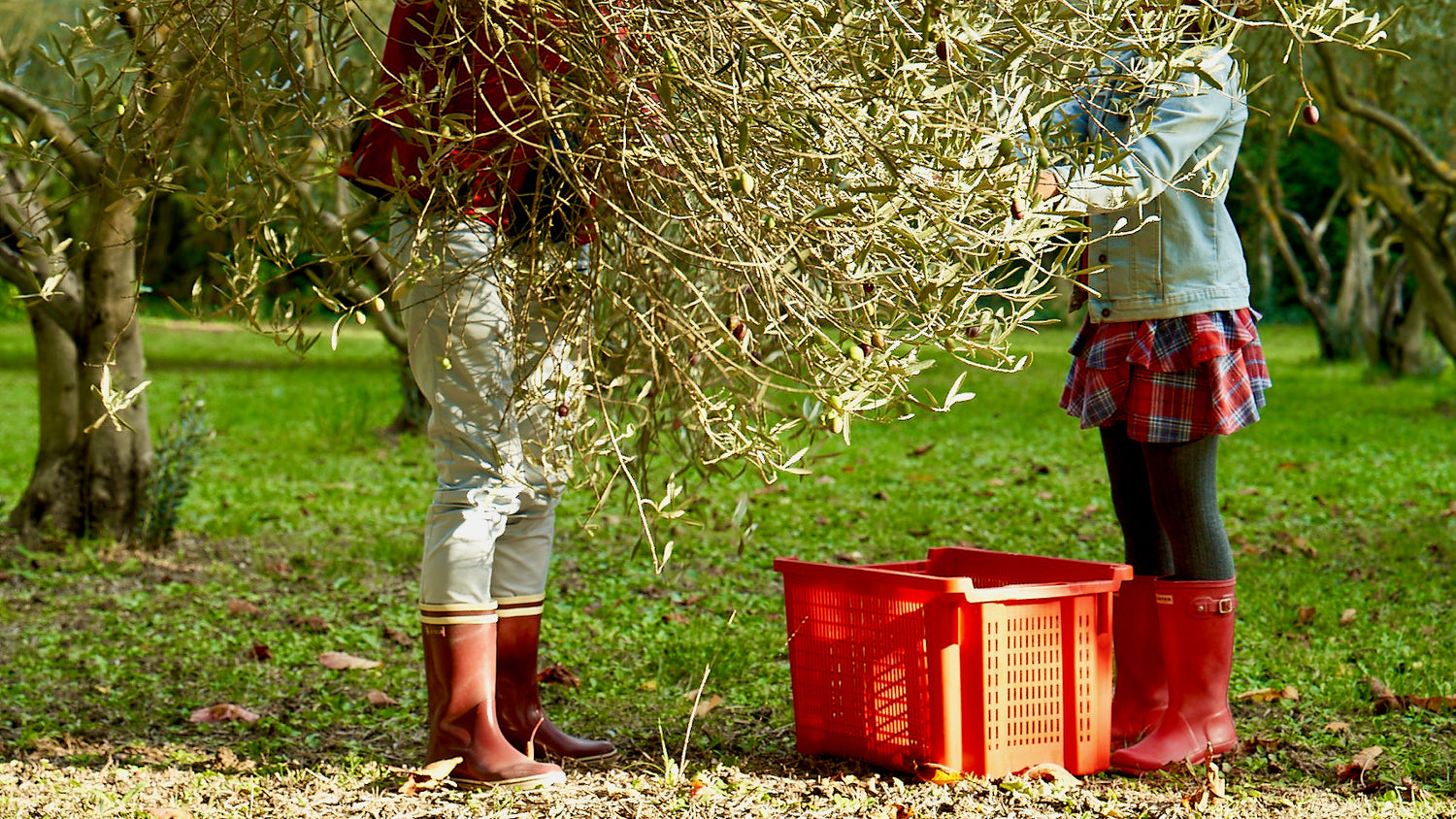
November brings another harvest in Provence...this time: olives. The olive harvest is broad and takes over the land. This is a part of the world that produces 5,000 tons of olive oil per year. Other countries in southern Europe may produce more olive oil in mass, but Provence is known for the quality of its production.


The Provence-Alpes-Côte d'Azur region is blessed with a Mediterranean climate: hot, dry summers and mild winters, which are perfect conditions for olive growth.


French olive oil is made from a variety of olives, each with its own unique flavor profile. The most common olive varieties used in France include Picholine, Aglandau, and Salonenque. These olives are known for their fruity and aromatic characteristics, which contribute to the distinct taste of French olive oil.



Once harvested, the olives are sorted to remove any leaves, twigs, or other debris. This can be done manually or with the help of machinery.


The sorted olives are then crushed to create a paste. In past eras, this was done using large stone wheels turned by animals or watermills, but mills today have machinery for this process.

Malaxation: The olive paste is then mixed or malaxed to allow the oil droplets to merge and separate more easily from the solid material. This process helps in releasing the oil from the cells within the olives.
Pressing: The olive paste is placed in a press, and pressure is applied to extract the olive oil. There are various types of presses, including hydraulic presses andcentrifugal presses, used in modern olive oil production.

Separation: After pressing, the resulting liquid contains a mixture of oil and water. The oil is separated from the water and other impurities through a centrifuge or decanting process. The extracted olive oil may undergo filtration to remove any remaining impurities and sediment.

Storage: The freshly pressed olive oil is stored in stainless steel tanks or other suitable containers to preserve its quality. It's important to protect it from light and oxygen to prevent spoilage.

The entire process aims to preserve the quality, flavor, and aroma of the olive oil, resulting in the renowned and flavorful extra virgin olive oils for which Provence is well-known.

The quantity of olives required to produce 1 liter of olive oil can vary depending on factors like the olive variety, ripeness, and the efficiency of the extraction process. On average, it takes approximately 4 to 5 kilograms (8.8 to 11 pounds) of ripe olives to produce 1 liter of olive oil. However, this ratio can vary, and some olive varieties may require more or less fruit to produce the same amount of oil. Extra virgin olive oil, which is of the highest quality, generally requires a higher olive-to-oil ratio compared to other lower-grade olive oils.
Olive oil from Provence is indeed liquid gold.
Photography and writing by Emilie Johnson. She lives in Provence and can be found on instagram at @emilie_joly_johnson



